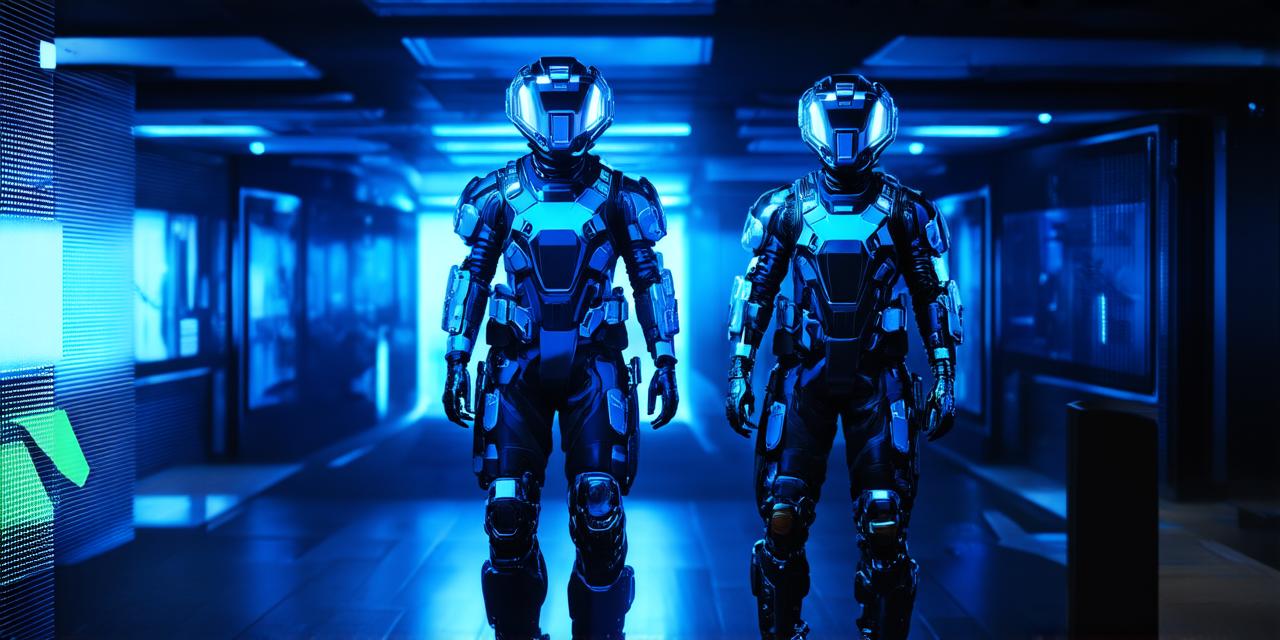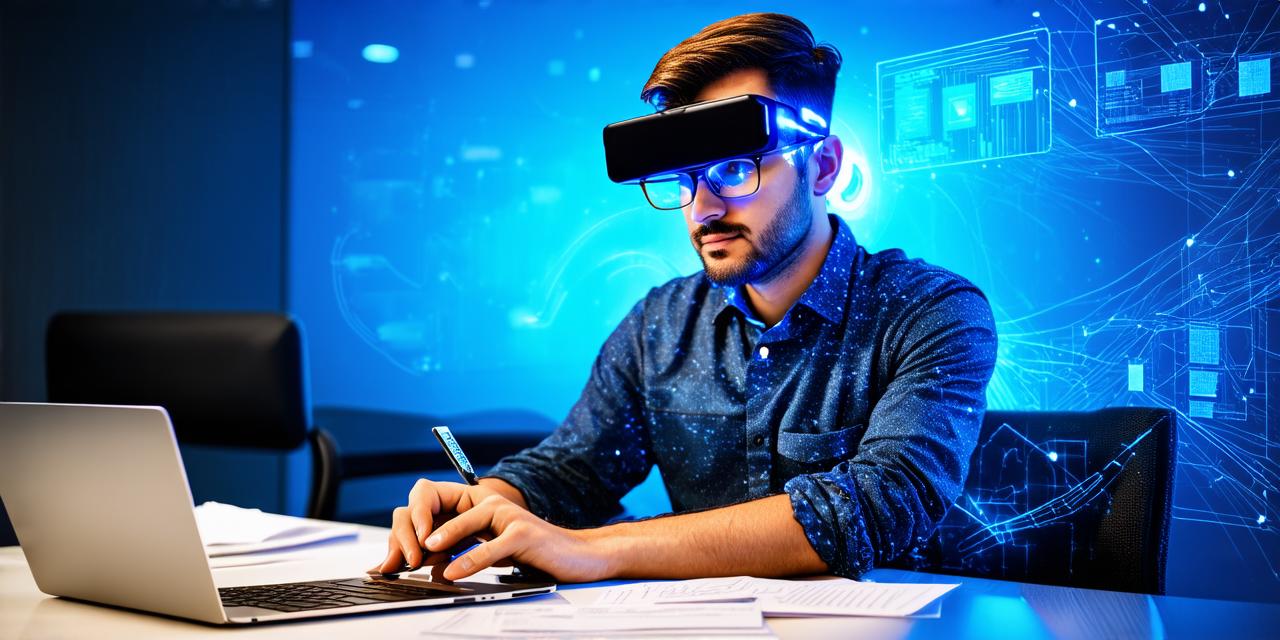Mixed reality (MR) is a type of immersive experience that combines elements of the physical world with virtual elements to create a seamless, interactive environment. One aspect of mixed reality that has gained attention in recent years is the user interface (UI). A mixed reality UI blends real-world and digital elements to create an interface that can be used in both physical and virtual environments.
In this article, we will explore the concept of mixed reality UI and its potential applications. We will also discuss the challenges and considerations involved in designing a mixed reality UI.
Mixed Reality UI Design Principles
The design principles for a mixed reality UI are similar to those for traditional UIs, with some additional considerations. Some key design principles for a mixed reality UI include:
- Contextual Awareness: The interface should be aware of the user’s physical environment and adapt its behavior accordingly. For example, if the user is in a noisy environment, the interface may display text in larger font sizes to make it easier to read.
- Intuitive Interactions: The interface should be intuitive and easy to use, with interactions that are natural and easy to understand. This can be especially important in mixed reality environments where users may be unfamiliar with the technology.
- Responsiveness: The interface should be responsive to user input and provide immediate feedback to ensure that the user always knows what is happening.
- Consistency: The interface should be consistent across different physical and virtual environments, with elements that are easily recognizable and understandable.
Mixed Reality UI Applications
Mixed reality UIs have a wide range of potential applications, including:
- Gaming: Mixed reality gaming allows users to interact with virtual objects in their physical environment, creating a more immersive and interactive experience.
- Training and Education: Mixed reality UIs can be used to create realistic simulations for training and education purposes, allowing users to practice skills in a safe and controlled environment.
- Design and Visualization: Mixed reality UIs can be used to visualize complex designs and concepts, making it easier for users to understand and make decisions.
- Healthcare: Mixed reality UIs can be used in healthcare settings to provide patients with more personalized care and to help doctors and nurses perform their jobs more efficiently.
Challenges and Considerations
There are several challenges and considerations involved in designing a mixed reality UI, including:
- Tracking and Calibration: Mixed reality interfaces require precise tracking and calibration of the user’s physical environment to ensure that virtual objects are placed accurately and interact with the real world.
- User Comfort: Mixed reality environments can be disorienting for users, especially if they are not familiar with the technology. Designers must consider how to make the interface comfortable and intuitive for users.
- Performance: Mixed reality interfaces require high-performance hardware and software to ensure that virtual objects render smoothly and interact seamlessly with the real world.
- Security: Mixed reality UIs can be vulnerable to security threats, including hacking and malicious attacks on the physical environment. Designers must consider how to protect the interface from these risks.
Summary
Mixed reality UI is a promising area of technology that has the potential to revolutionize the way we interact with digital objects in the physical world. While there are challenges and considerations involved in designing a mixed reality UI, the potential benefits make it an exciting field for designers to explore. With continued advancements in hardware and software, we can expect to see more innovative and immersive mixed reality UIs in the future.



